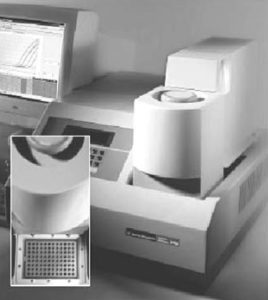
Real-time PCR measures IHHNV in shrimp
Use of this method to detect and quantify IHHNV in penaeid shrimp has already revealed new information regarding levels of infection.
Some shrimp hatchery operators use live hermit crabs to feed black tiger shrimp broodstock because of a high proportion of omega-3 and omega-6 fatty acids.

Use of this method to detect and quantify IHHNV in penaeid shrimp has already revealed new information regarding levels of infection.
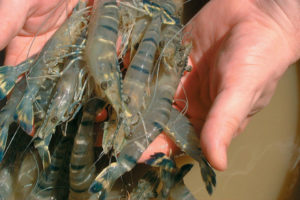
Shrimp farmers must consider seedstock quality, husbandry procedures and healthy nutrition as the primary tools to control disease.
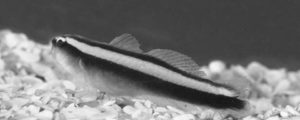
Using neon gobies in broodstock maturation tanks as a form of parasite control is an effective alternative to the use of chemical treatments.
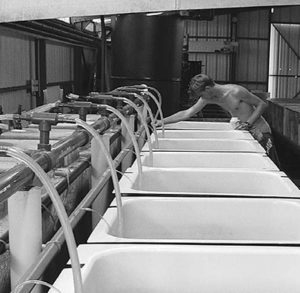
Mass selection studies with a domesticated strain of Penaeus stylirostris to improve growth rate were carried out at IFREMER-Tahiti in French Polynesia.
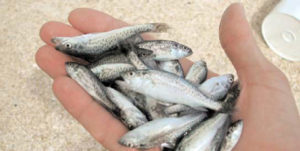
Evidence that the use of probiotics is beneficial to survival of high-value tropical species of marine fish remains largely anecdotal.
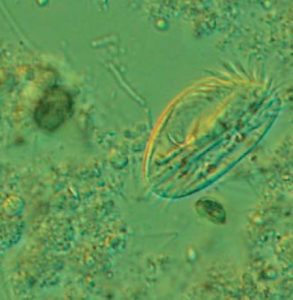
Some ciliated protozoa (ciliates) may be a valuable complimentary source of nutrients for first feeding larval stages of farmed shrimp.
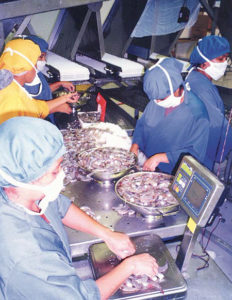
Ozone is a universal disinfectant that can oxidize many inorganic and organic impurities, and destroy bacteria, viruses and other pathogens.
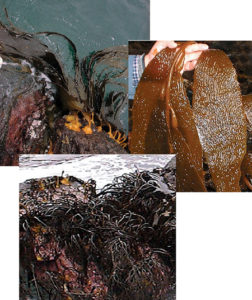
Over the last 15 years, seaweed farming in Chile reached a volume of over 300,000 metric tons per year, half brown algae and half red algae.
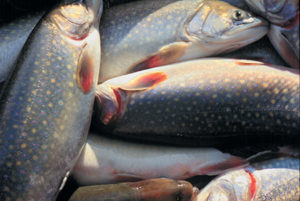
Abandoned mine sites are a significantly underused aquaculture resource in rural West Virginia and the Appalachian region.
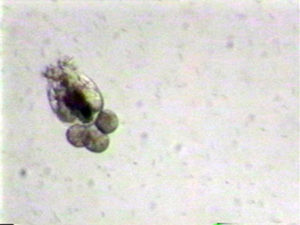
Successful mass culture of the marine rotifers Brachionus plicatilis and B. rotundiformis is one of the milestones of marine fish culture.
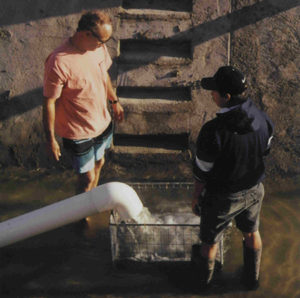
L. vannamei can be raised at high densities and zero water exchange with acceptable survival, growth and yields while minimizing water-borne diseases.
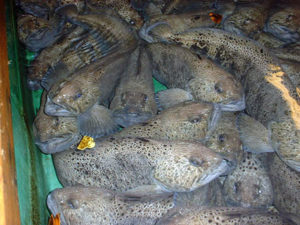
High density fish aggregations represent new farming challenges regarding water quality and food distribution.

Since severe lymphoid organ necrosis can also appear as a result of WSSV infection, do not use this type of lesion as the sole feature to diagnose YHV.
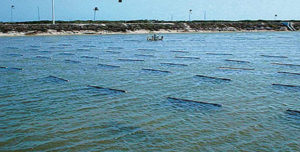
Essentially, a substrate provides a high amount of a surface area that is readily colonized by bacteria and benthic algae, which behave as a huge biofilter.
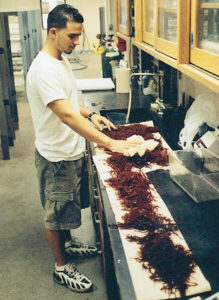
The marine snail opisthobranch, a.k.a. the sea hare, is used for biomedical research in neuroscience as a model for memory and learning.